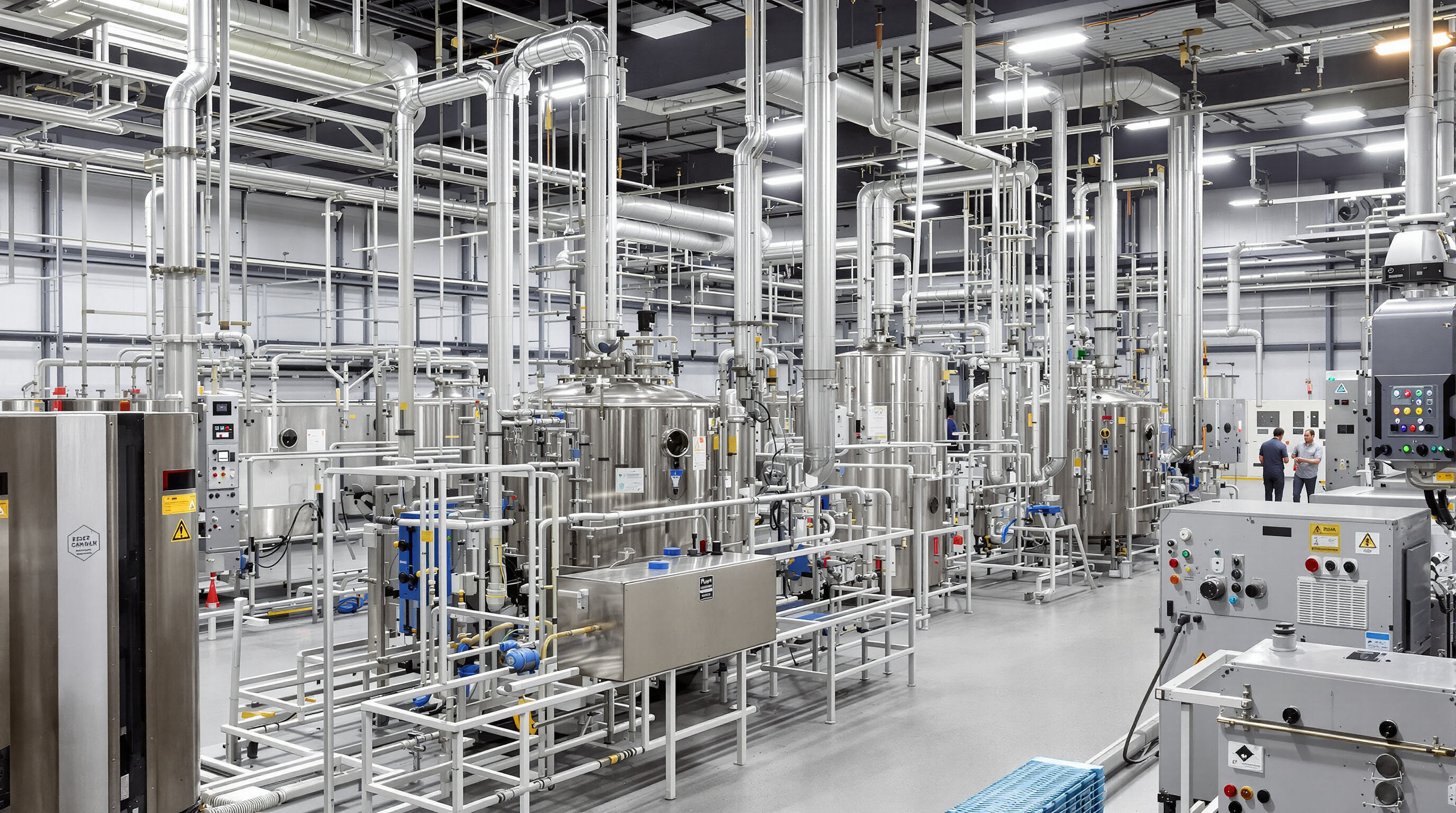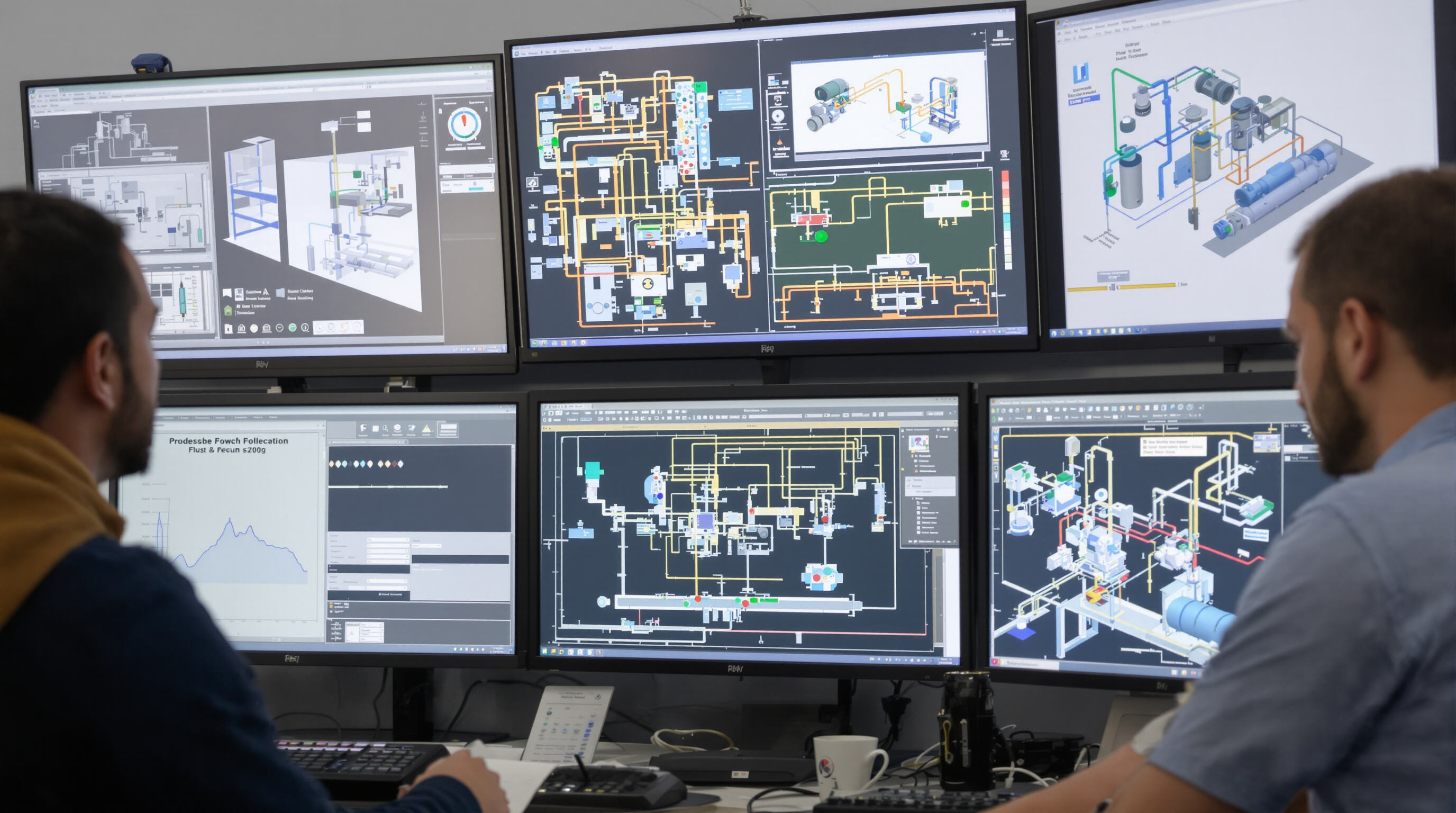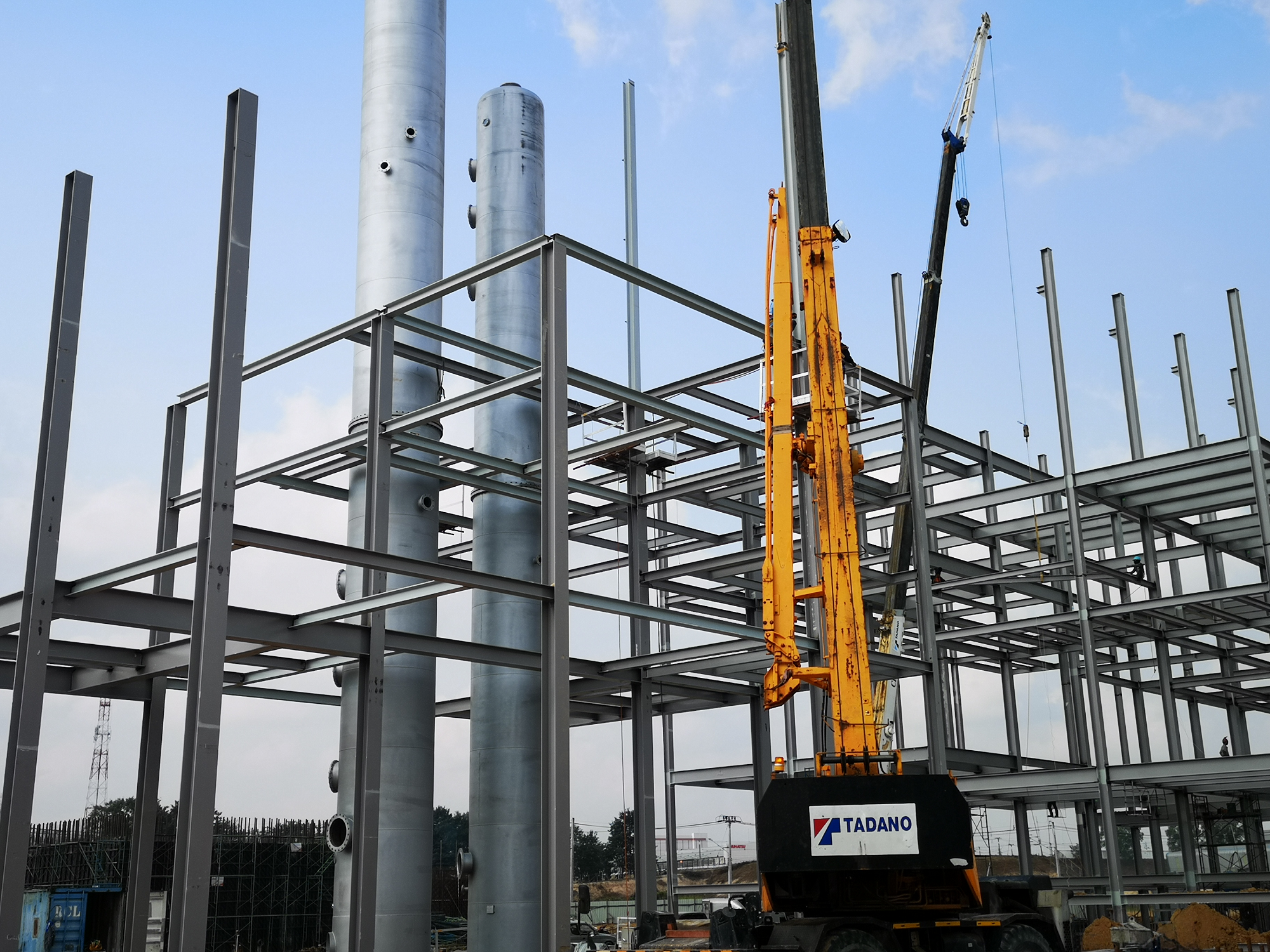The Foundation of Chemical Process Design: Balancing Cost, Quality, and Efficiency
Chemical process design is basically what turns raw stuff into valuable end products, all while trying to balance costs, product quality, and how efficiently things run. The truth is, getting this right makes all the difference for manufacturers wanting their production lines to work well. According to some research from IChemE in 2023, when companies build quality control systems directly into their processes rather than adding them later, they see around 42% fewer failed batches. That kind of improvement isn't just numbers on paper—it actually translates to real savings and better product consistency across the board.
Understanding the Link Between Chemical Process Design and Production Performance
Every design decision—from reactor configurations to separation methods—directly impacts throughput, energy consumption, and product consistency. Strategic heat exchanger network design can slash energy costs by up to 35% (Chemical Engineering Progress 2023), while improper catalyst selection may reduce yield purity below commercial specifications.
Key Objectives of Chemical Process Design: Efficiency, Safety, and Sustainability
Modern chemical engineering teams prioritize three pillars:
- Operational efficiency: Minimizing energy and material waste through advanced simulation tools
- Process safety: Implementing fail-safes to prevent $740k+ average incident costs (Ponemon 2023)
- Environmental sustainability: Reducing carbon footprints via circular material flows
Integrating Cost and Quality Goals in Early-Stage Process Development
Leading manufacturers use stage-gate frameworks to align financial and technical targets during conceptual design. Projects that completed rigorous feasibility studies in Phase 1 demonstrated:
| Metric | Improvement vs Ad-Hoc Designs |
|---|---|
| Capital cost accuracy | ±12% vs ±35% |
| First-pass quality rate | 89% vs 54% |
This proactive approach prevents 72% of redesign-related delays (AIChE Journal 2023), ensuring production systems meet both economic and quality benchmarks from commissioning.
Economic Impact of Chemical Process Design: Reducing Capital and Operating Costs

How chemical processes are designed from the start affects about half to two thirds of a plant's overall economics throughout its life cycle, mainly because of what it costs to build (CAPEX) and run (OPEX). When companies start with modular equipment arrangements and properly sized reactors in those early planning stages, they typically spend 20 to 35 percent less upfront than old school methods according to Chemical Engineering Trends last year. Distillation is one of those big energy hogs in the industry, eating up around 40% of all energy used across the sector. But when plants implement better heat management strategies, they can cut their steam requirements nearly in half sometimes. Facilities that mix process intensification techniques with real time monitoring tend to see profit margins jump around 18 points due to more consistent product yields and fewer production stoppages. Take this example from 2022 where an energy giant completely overhauled their alkylation units with smarter catalyst placement and automatic control systems. They managed to slash capital expenditures and maintenance bills by roughly 30%, plus boost their clean fuel production by about 18% as a bonus.
Enhancing Product Quality and Yield Through Precision Process Design
Effect of Process Design on Product Purity and Yield in Pharmaceutical Manufacturing
The pharmaceutical industry manages to get API purity levels as high as 98% when they implement well thought out chemical processing approaches. When engineers take time to model how reactions happen and plan separation steps before production starts, they end up with fewer problems like crystal formation issues or leftover solvents that can actually make drugs less effective. Looking at some recent data from biopharma plants in 2025 shows something interesting too. Facilities that adopted these sophisticated modeling techniques saw their rejected batches drop by around 28 percentage points compared to older methods where people just kept trying different things until it worked. That kind of improvement makes a real difference in both quality control and bottom line costs for manufacturers.
Material and Energy Balances to Minimize Waste and Maximize Efficiency
Modern chemical process design integrates real-time mass balance tracking to slash raw material overuse. One vaccine producer cut buffer solution consumption by 42% after implementing closed-loop process controls across fermentation and purification stages. Energy recovery systems in distillation columns now reclaim 65–80% of thermal waste, turning cost centers into sustainability assets.
Balancing High Purity and High Throughput in Fine Chemicals Production
The continuous flow reactor approach has basically cracked the problem manufacturers face when trying to balance product purity with high output rates in specialty chemicals. Take one company in the agrochemical sector for example they managed to double their production volume without compromising on quality standards, keeping isomer selectivity at around 99.9% thanks to pulsed flow methods. Temperature management remains a real headache during scaling processes. That's why modern systems now feature adaptive controls that stop unwanted thermal breakdowns. And these aren't small improvements either research shows even a single degree Celsius over the target temperature can cut catalyst lifespan down by roughly 400 operating hours. Makes sense why companies are investing so heavily in these temperature regulation technologies.
Case Study: Continuous Bioprocessing Improving Insulin Quality and Consistency
One major manufacturer of insulin managed to reach an impressive 99.997% purity level according to USP chapter 621 requirements after completely changing their traditional batch purification methods. They introduced continuous chromatography techniques along with real time pH monitoring systems across their production lines. These changes cut down on mistakes made during manual interventions by almost 90 percent, and at the same time boosted yearly production numbers by around 2.3 million additional doses. The company's analytics platform actually spotted something nobody had noticed before: there was this 12 minute period when temperatures would fluctuate enough to cause problems with protein structure. Fixing those tiny variations saved them about seven million dollars each year in quality control costs alone.
Leveraging Process Optimization and Simulation for Cost and Waste Reduction
Process Simulation Tools (Aspen Plus, HYSYS) in Early-Stage Chemical Process Design

In today's chemical processing world, simulation software has become essential for designing processes before actually building them. Software packages such as Aspen Plus and HYSYS let engineers look at things like how much energy is needed, where materials flow, and how different equipment works together, achieving around 98 percent accuracy according to research from NREL back in 2023. When companies run simulations early on in the project lifecycle, they can save between 12 and 18 percent on capital expenses. This happens because engineers spot the best reactor setups and figure out proper pipe sizes upfront. Plus, these models help predict and remove impurities before they become problems, cutting down on waste. Recent industry reports show that firms adopting this approach need to revise their designs about 40 percent less than those relying on old fashioned guesswork methods.
Optimizing Key Unit Operations: Distillation, Reaction, and Separation
Three operational areas dominate cost-waste tradeoffs:
- Distillation columns: Simulation-driven tray optimization reduces energy use by 20% while maintaining 99.5% purity thresholds
- Reactors: Dynamic modeling of exothermic reactions prevents $740k/yr in cooling system overdesign
- Separators: Membrane simulation tools achieve 92% solvent recovery versus 78% with static designs
Engineers balance these variables by running 150–300 parametric scenarios per project, prioritizing configurations that simultaneously lower OpEx and defect rates.
Real-World Impact: Heat Integration Project Boosting Efficiency
A global petrochemical leader recently redesigned its steam cracker network using process simulation, achieving:
| Metric | Improvement | Annual Savings |
|---|---|---|
| Energy consumption | 17% | $2.1M |
| CO2 emissions | 23% | $480k |
| Maintenance downtime | 31% | $1.7M |
The project paid back its $3.8M simulation and implementation costs in 11 months, demonstrating how integrated digital tools transform both economics and environmental performance in chemical process design.
FAQ
What is the primary goal of chemical process design?
The primary goal of chemical process design is to efficiently convert raw materials into valuable end products while balancing cost, quality, and production efficiency.
How do simulation tools like Aspen Plus and HYSYS assist in chemical process design?
Simulation tools like Aspen Plus and HYSYS help engineers model various aspects of chemical processes, enabling accurate predictions of energy needs, material flows, and equipment performance before actual construction, thus reducing costs and improving efficiency.
How can chemical process design impact pharmaceutical manufacturing?
In pharmaceutical manufacturing, chemical process design can significantly enhance product purity and yield. By using sophisticated modeling techniques, manufacturers can reduce rejected batches and improve quality control, resulting in cost savings and better product consistency.
Table of Contents
- The Foundation of Chemical Process Design: Balancing Cost, Quality, and Efficiency
- Economic Impact of Chemical Process Design: Reducing Capital and Operating Costs
-
Enhancing Product Quality and Yield Through Precision Process Design
- Effect of Process Design on Product Purity and Yield in Pharmaceutical Manufacturing
- Material and Energy Balances to Minimize Waste and Maximize Efficiency
- Balancing High Purity and High Throughput in Fine Chemicals Production
- Case Study: Continuous Bioprocessing Improving Insulin Quality and Consistency
- Leveraging Process Optimization and Simulation for Cost and Waste Reduction
- Process Simulation Tools (Aspen Plus, HYSYS) in Early-Stage Chemical Process Design
- Optimizing Key Unit Operations: Distillation, Reaction, and Separation
- Real-World Impact: Heat Integration Project Boosting Efficiency
- FAQ

